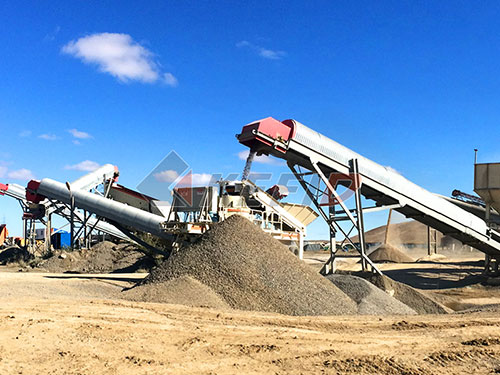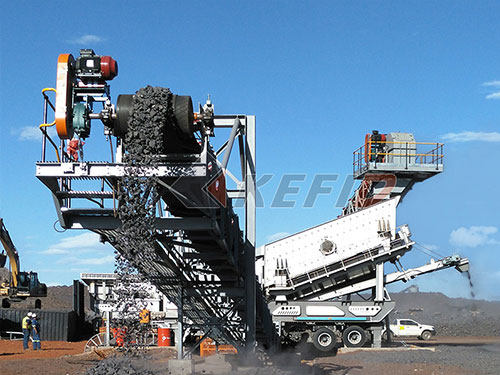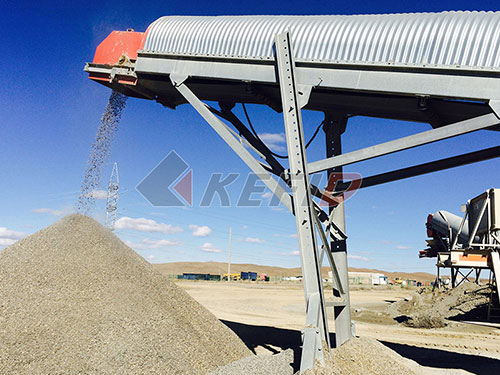The Ballast Crusher: Engineering the Bedrock of Rail Infrastructure
The relentless rhythm of trains traversing continents, carrying vital goods and passengers, relies on an often-overlooked foundation: the railway ballast. This layer of crushed stone beneath the tracks performs the critical functions of distributing immense loads, facilitating drainage, inhibiting vegetation growth, and providing stability for the sleepers (ties) and rails. Maintaining this ballast in optimal condition is paramount for safe, efficient, and smooth rail operations. Enter the Ballast Crusher – a specialized machine engineered to transform worn-out or oversized rock into precisely graded material fit to once again serve as the literal bedrock of rail networks worldwide. This article delves into the technology, operation, types, and indispensable role of these robust machines in modern railway maintenance and construction.
The Imperative: Ballast Degradation and Renewal

Railway ballast doesn’t last forever. Under the constant pounding of train wheels (dynamic loading), vibration, weathering (freeze-thaw cycles), and contamination from coal dust, soil infiltration, or degraded sleeper material, ballast particles break down (abrade), become rounded, lose their angularity (which provides interlock), or become fouled. This degradation leads to:
1. Reduced Drainage: Fouled or fine-grained ballast impedes water flow, leading to saturation. Waterlogged ballast loses strength significantly and is susceptible to frost heave in cold climates.
2. Loss of Stability: Worn or rounded particles lack the necessary angularity to interlock effectively. Contaminants act as lubricants between particles. Both factors drastically reduce shear strength and track stability.
3. Increased Track Settlement: Degraded ballast compacts more readily under load, leading to uneven track geometry – dips, bumps, and misalignment – requiring frequent tamping.
4. Accelerated Component Wear: Unstable track increases dynamic forces on rails, sleepers, fastenings, and rolling stock components like wheelsets and bearings.

Traditionally, addressing this involved costly processes:
Complete Ballast Removal and Replacement: Excavating old ballast (now often classified as waste), hauling it away for disposal or low-value use (like fill), sourcing new quarried stone (“virgin ballast”), transporting it vast distances by rail or road trucking fleets with associated fuel consumption & emissions footprint before placement via specialized machinery like hopper wagons & regulators.
Spot Replacement: Addressing only severely fouled sections

Leave a Reply